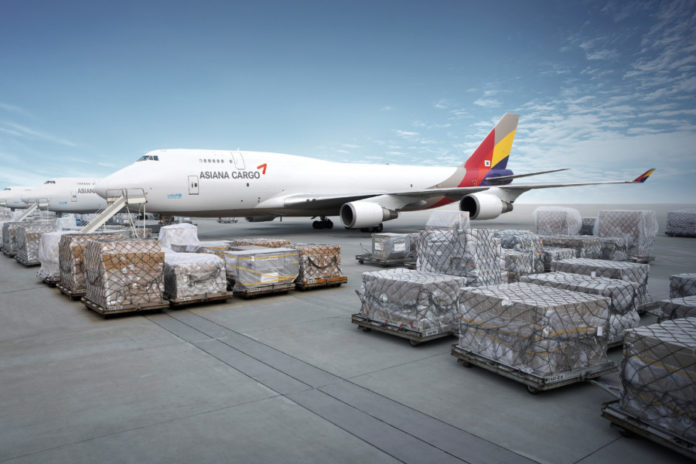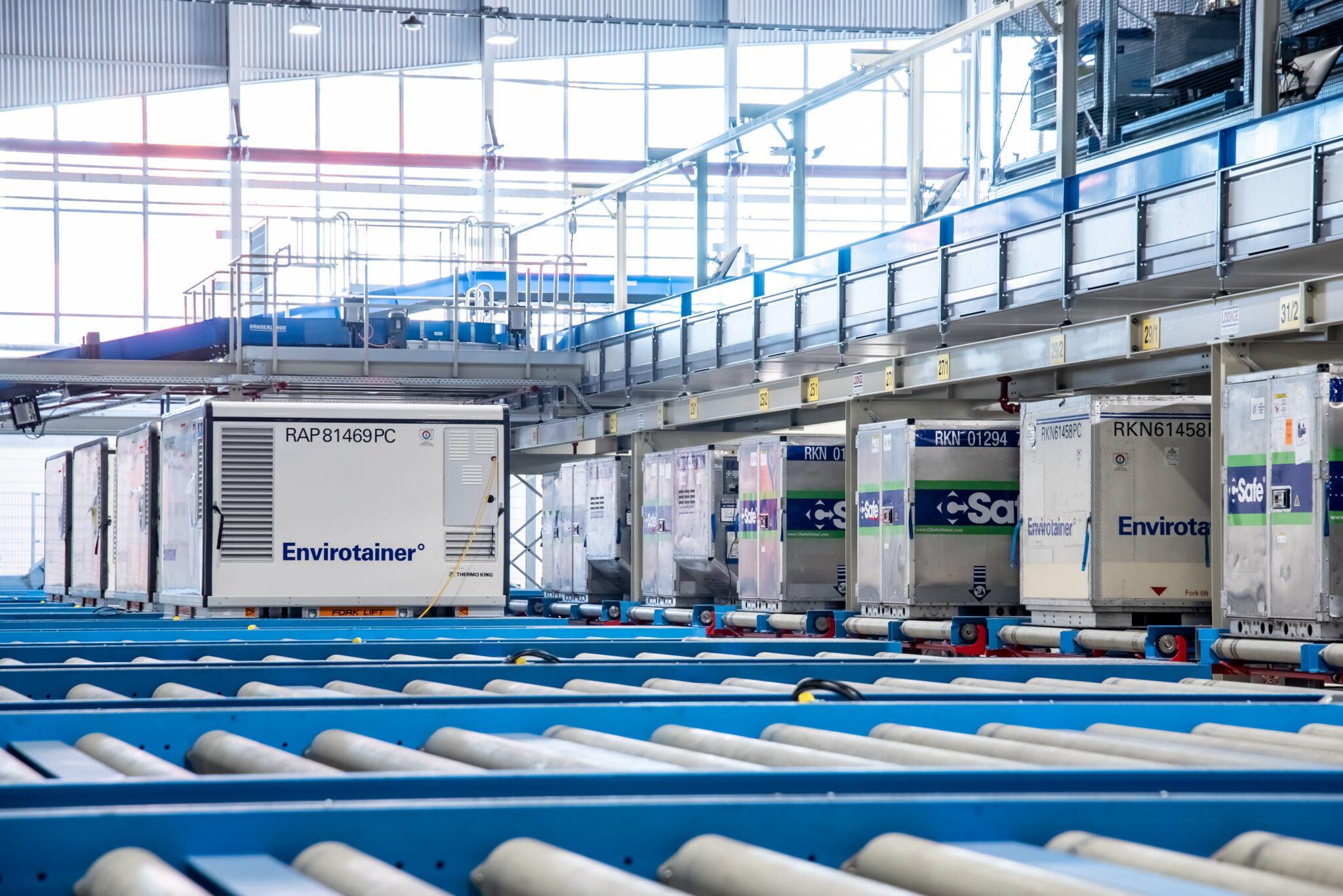

Both Korea’s airlines, Korean Air and Asiana Airlines are reporting upticks in business although not across the board, reports Michael Mackey
Korean Air, the larger and more established of the two, reported total tonnage carried rose three per cent with Korea outbound the star pupil rising by 10 per cent in a second quarter business summary given to Air Cargo Week (ACW).
Capacity rose by a wafer thin 0.7 per cent to 2,687 million available freight tonne kolometres (AFTK) versus 2,669 million AFTK the year previously. However in terms of traffic there was a dip to 2,060 million FTK from 2.071 million FTK in the first quarter of 2015.
All this of course added to the pressure on yields which fell 5.5 per cent when measured in terms of the Korean Won but by 10.9 per cent when measured in US dollar terms. Sources at the carrier were approached but problems with sister company Hanjin Shipping, itself a distinct downward pressure on Korean Air’s balance sheet, limited their ability to give information.
Luckily, Asiana Airlines the younger and possibly more dynamic of the two could be more open and reported a similar situation adding details about improvements.
“During Q1 16, the yield decreased owing to oversupply on the market and base effect through US West Coast port strike in 2014 and 2015. Fortunately, the decrease rate has narrowed starting from this April.
“Since this June, the cargo sales volume has surpassed that of the same period last year and we expect this trend to be continued during the second half year as well,” Asiana Airlines’ manager of cargo sales management, Hongkyu Jung explains to ACW.
Interestingly Korean Air also reported in their business summary a June improvement with traffic rising 5.3 per cent to 703 million FTK after two months of decline.
Among the products being moved are smartphones and display panel manufactured by Korean electronics companies according to Asiana who report its seven US cargo destinations (Miami, Dallas, New York, San Francisco, Seattle, Chicago and Atlanta) generated 45.9 per cent of the whole cargo revenue in the first quarter of this year.
This is corroborated by Korean who report that 43 per cent of their cargo revenues in the second quarter came from America whilst China, by contrast, generated only 10 per cent of the total. US Revenues were also down sharply by 15 per cent.
Nice though this is for Asiana its maybe not the future as it reported “US routes are showing the best performance while China market emerges,” Jung says.
Asiana Airlines operates cargo flights to four destinations (Shanghai, Tianjin, Xi`an and Guangzhou) and mainly transports plastic products and electronic parts for semiconductors and display panels, he adds although there is a surprising new product in the market.
“Recently, as many Korean fashion/beauty/cosmetics brands have gained popularity among the Chinese, the volume of those products continue to grow. During the Q2 16, cargo sales to China marks 9.8 per cent of the total sales, showing 1.4 per cent increase compared to the same quarter last year,” Jung says.
Both airlines have a similar response to the uncertain position they find themselves in: “Asiana Airlines does believe this recent rise of e-commerce will bring a favourable business opportunity thus therefore, all staff in the cargo department is trying their best more than ever to attract clients with globally.
“We also have interests in transporting high-value added products and special cargo items such as medicine and medical supplies and fresh goods,” says Jung.
Korean Air’s response is perhaps the more interesting and also possibly the one with more potential as it wants to provide flexible capacity utilising belly space in its extensive passenger fleet. This gives it a lot of extra capacity to play with.
Currently its passenger fleet of 132 is weighted very much towards the long-haul end of the market as befits an airline built on the Trans Pacific market. It is also more of a Boeing than anyone else carrier with 39 B777s, 39 B737s, 15 B747s as well as 10 Airbus A380s and 29 A330s.
By contrast its 29 cargo aircraft fleet is all Boeing and is comprised of 17 B747-400Fs, six B747-8Fs and six B777Fs, four of which are due for delivery by the end of this year. This is similar to the smaller Asiana cargo roster of 10 B747F and one B767F. Asiana also have a smaller passenger fleet of just 72 aircraft.
There is a precedent for how that capacity is used even if its only the deep reach that having so many aircraft allows for. Korean could serve the emerging economic superpower of Brazil till it closed its Sao Paolo flight and it can access niche markets that bring in different and sometimes lucrative markets.
An example here is the seafood market it was able to tap in Canada that served consumers in China by getting live lobsters to them. Minimum uplift is 40 tonnes of the shellfish, but before major Chinese festivals that can more than double to 100 million tonnes.
It was the first same direct service to a major Asian hub, Incheon, and it might not be the last with all that implies for operations, consumers and the bottom line.












